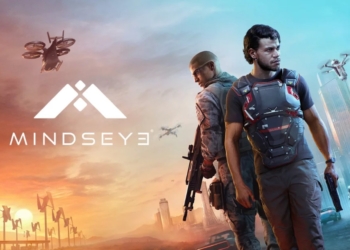Generative AI (GenAI) is a branch of artificial intelligence that can create new content, such as text, images, and videos, based on existing data. GenAI is powered by large language models (LLMs) and transformers, which are advanced algorithms that can learn from massive amounts of data and generate coherent and realistic outputs. GenAI has been making headlines with its astonishing capabilities, such as OpenAI’s GPT-4, which can generate realistic text and images on any topic, and ChatGPT, which can have natural and engaging conversations with humans.
GenAI is not only a fascinating technology, but also a disruptive one that promises to change the world in various domains, such as entertainment, business, health, and education. GenAI has the potential to be as impactful as the internet or the smartphone, and many experts believe that it will create new opportunities and challenges for humanity. Some of the benefits of GenAI include enhancing creativity, personalization, accessibility, and efficiency. Some of the risks of GenAI include ethical issues, environmental impact, social implications, and existential threats.

A pressing need for education in rural India
One of the domains where GenAI can have a significant impact is education, especially in rural India. According to the 2011 Census, the literacy rate in rural India is 69%, compared to the national average of 84%. The situation is worse for women, with a female literacy rate of 59%, trailing behind the male literacy rate of 79%. Many factors contribute to this educational gap, such as poverty, lack of infrastructure, poor quality of teachers, and language barriers.
Education is a fundamental right and a key driver of social and economic development. Education can empower individuals, communities, and nations to achieve their goals and aspirations. Education can also foster innovation, creativity, and critical thinking, which are essential skills for the 21st century. Therefore, improving the quality and accessibility of education in rural India is not only a moral duty, but also a strategic necessity.
A possible solution with generative AI
GenAI can offer a possible solution to the educational challenges in rural India, by providing personalized, interactive, and up-to-date learning materials and experiences. GenAI can also help bridge the language gap by translating and generating content in local dialects. GenAI can also empower teachers by enhancing their skills and providing them with continuous feedback and support.
One example of how GenAI can revolutionize education is Khanmigo, a project developed by OpenAI and Khan Academy. Khanmigo is a personal tutor for every child, powered by GPT-4. Khanmigo can help students learn and create anything they want, by guiding them through a series of logical and educative steps. Khanmigo can also adapt to the learning style and pace of each student, and provide them with personalized feedback and encouragement.
Another example of how GenAI can transform education is JanAI, a model proposed by some Indian researchers. JanAI stands for GenAI for the people, and it aims to build an Indian stack of generative AI tools that can be delivered as a digital public good. JanAI envisions creating a BharatLLM, which is a large language model trained on Indian languages and data sources. BharatLLM can then be used by entrepreneurs and big tech companies to create products and services that address the rural education problem.
A call for action
The intersection of generative AI and rural education in India is not just a theoretical discussion, but an urgent imperative. The digital divide can be converted into a digital bridge using the power of GenAI and JanAI. This will not only benefit millions of children in rural India who deserve quality education, but also accelerate India’s aim to be a developed country by 2047.



















